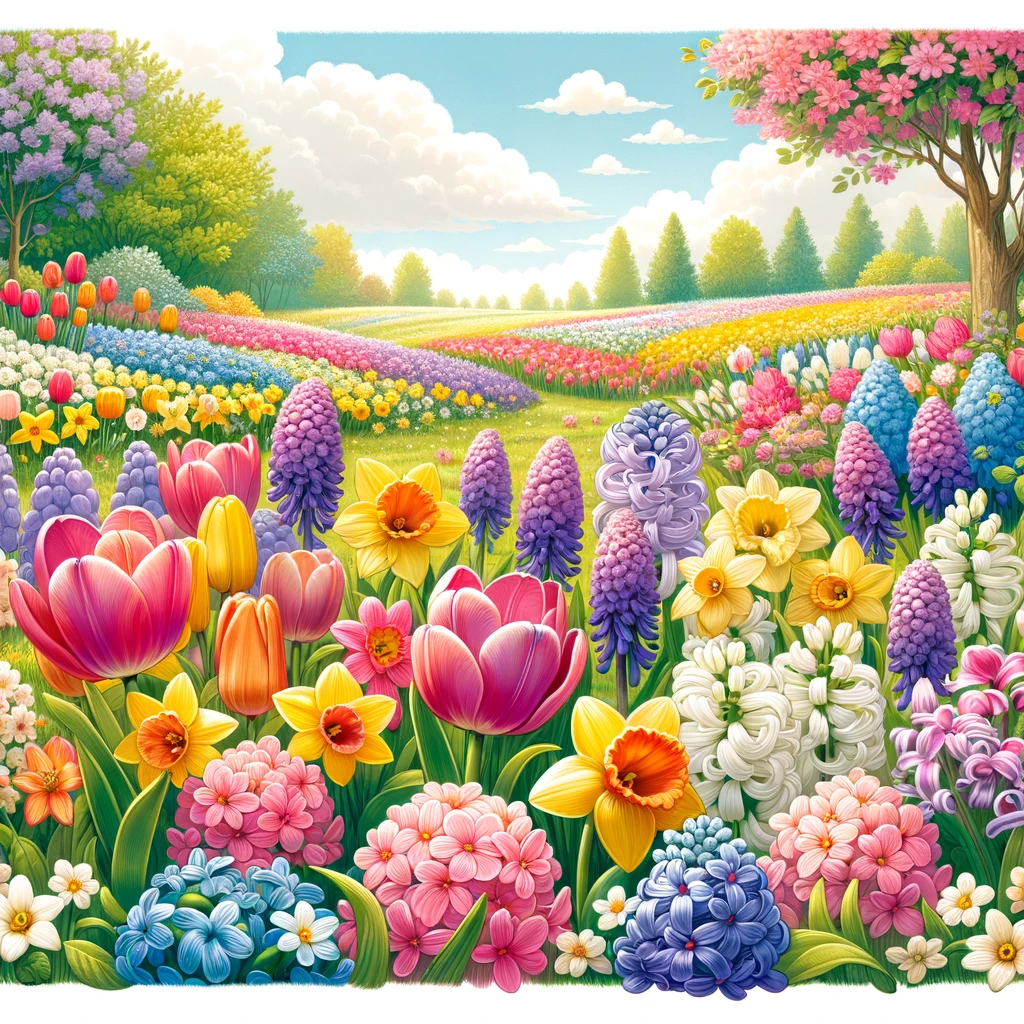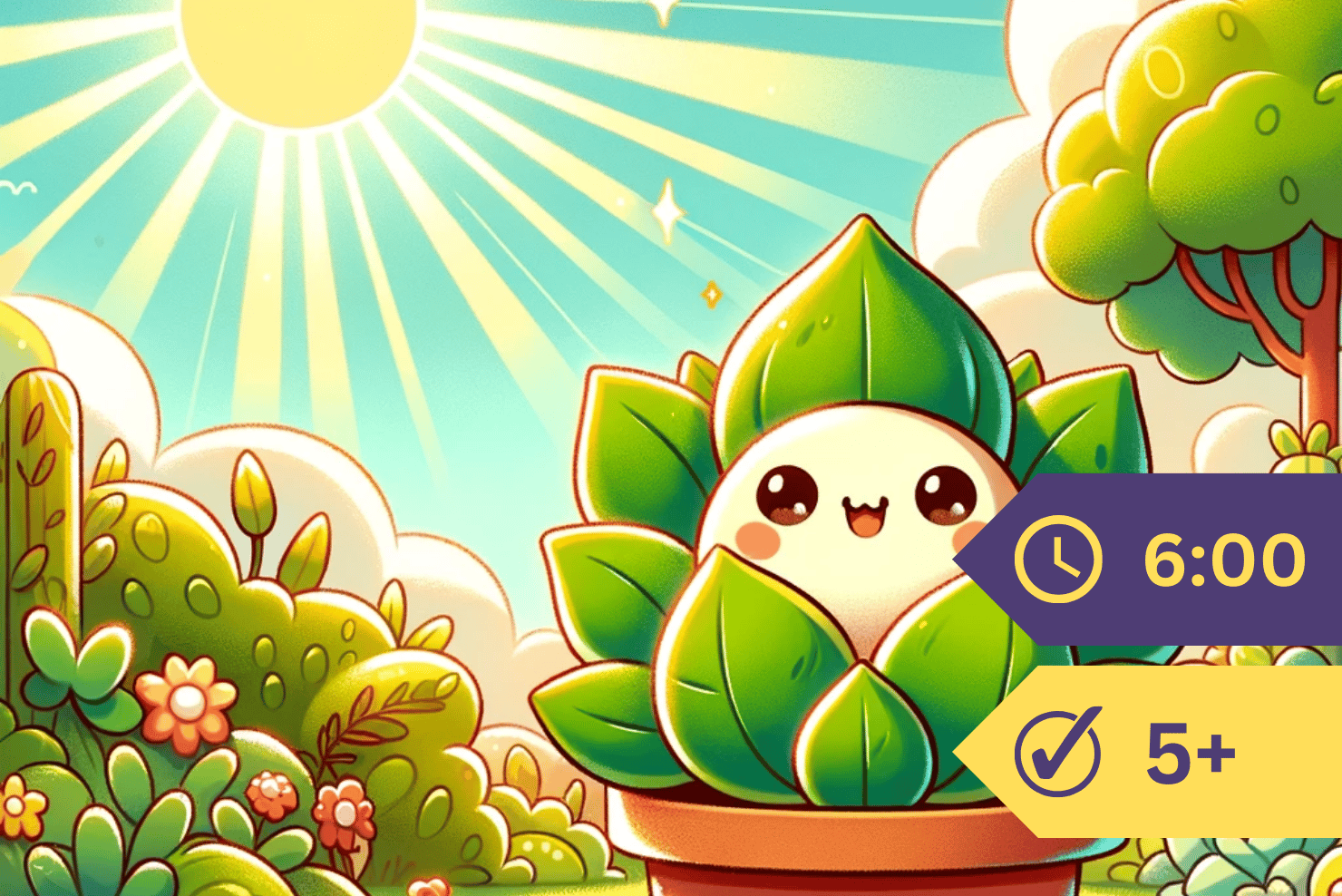Long ago we learned that certain plants stow away the food which they are not fitted to use at the time in those thick underground stems which most people call roots.
This food they hold over till the next year.
It is often a surprise, these spring days, to see how suddenly a little plant will burst into blossom. One does not understand how it has had time to get up such a display. Had it been obliged to depend for food upon new supplies taken in by its roots and leaves, the flower would have put off its first appearance for many a day.
So when a plant surprises you with any such sudden and early blossoms, you can be pretty sure that its food supply has been on hand all winter.
Both in the garden and in the woods you can see for yourselves that this is so. In the garden perhaps the earliest flower to appear is the lovely little snowdrop. The snowdrop’s food is stored away in the “bulb,” as we call its thick, underground stem, which lies buried in the earth.
The other early garden flowers, such as the hyacinth, crocus, daffodil, and tulip, are able to burst into beautiful blossoms only because of the care and labor with which they laid by underground provisions last year.
And in the woods at this season you find the yellow adder’s tongue, spring beauty, anemone, wake-robin, Jack-in-the-pulpit, wild ginger, and Solomon’s seal. Each of these plants has stores of food hidden in its underground stem. This may take the shape of a bulb, or a tuber, or a rootstock; but in any case it shows you at once that it is a little storehouse of food.
A collection of the different kinds of underground stems which serve as storehouses for the early-flowering plants would be quite as interesting to work over as a collection of plant packages.










